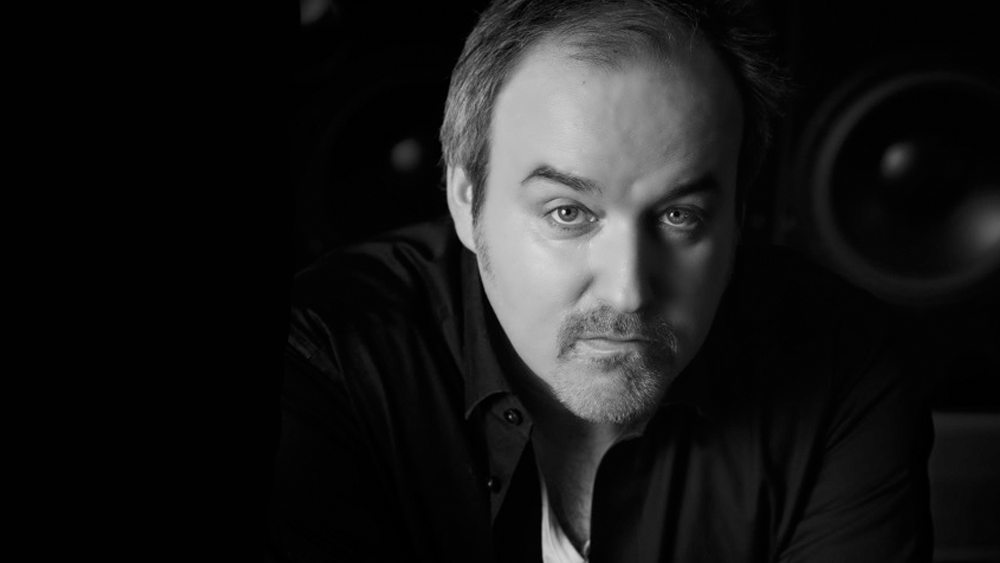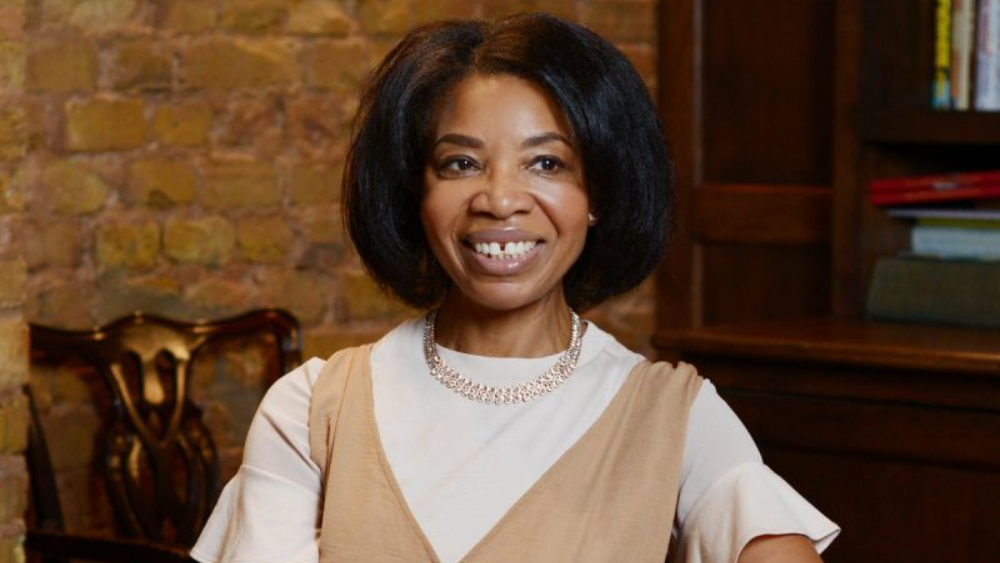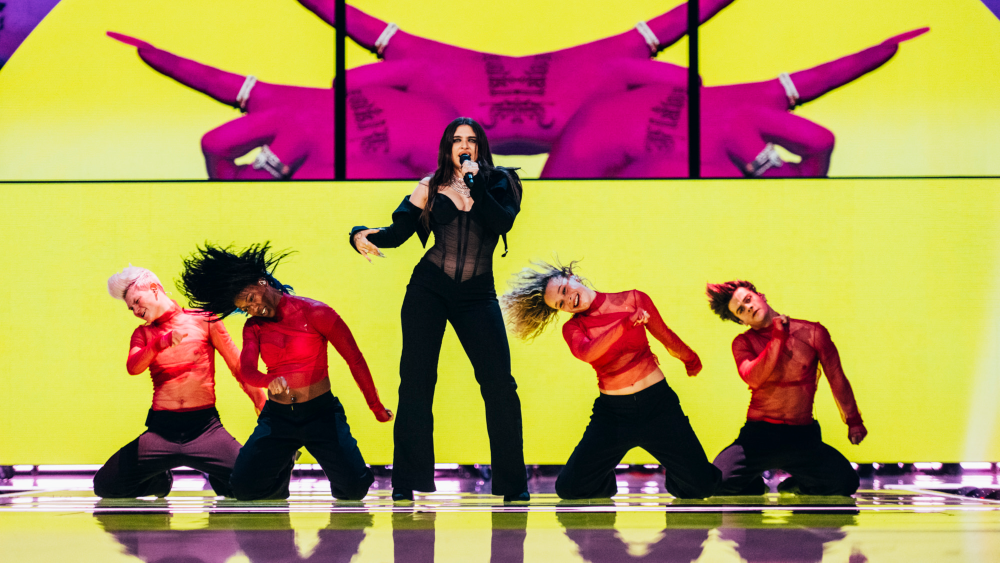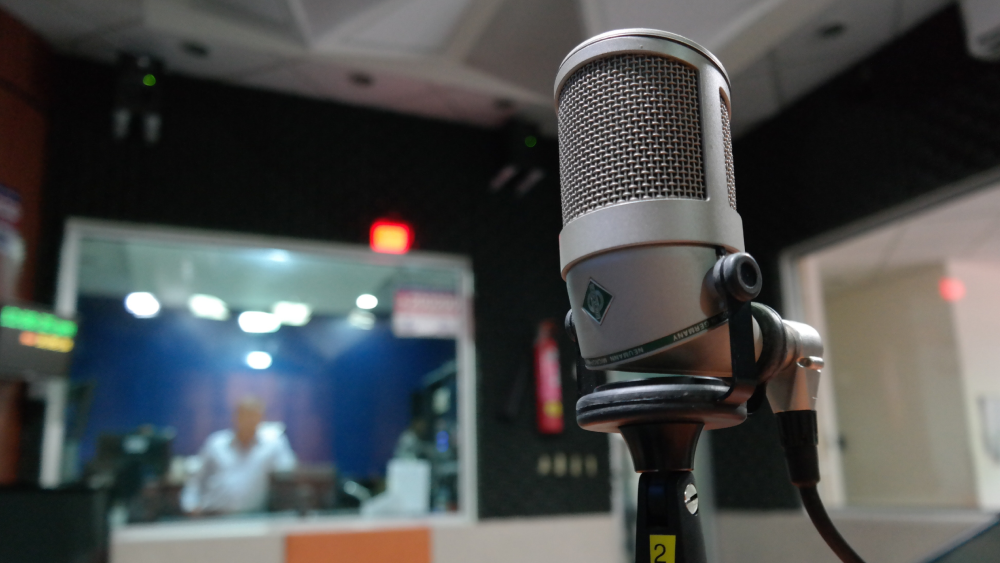‘If they were going to ask anyone to do it, I’m glad they asked me,’ said David Arnold, reflecting on his commission to mark the 150-year anniversary of the Royal Albert Hall.
He’s grateful and humble, but David Arnold is not scared of the big stuff. He wrote the music for the closing ceremony of the 2012 London Olympic Games. He’s written film scores for the blockbuster Independence Day and five James Bond movies. Circle of Sound, his Royal Albert Hall commission, is a 10-movement 75-minute work performed by the Royal Albert Hall Orchestra, the National Youth Choir of Great Britain and students from the Tri-borough Music Hub. Each movement is introduced by a written script (authors include Neil Gaiman, Jack Thorne, Dorian Lynskey and Joe Penhall) narrated by Brian Cox, Melanie C, Michael Sheen, Claudia Winkleman, Jess Gillam, Sanjeev Bhaskar, Jemma Redgrave and Helen Pankhurst (to name but a few). Circle of Sound premiered on 19 July in the Hall, the first day that lockdown restrictions were lifted. ‘Its amazing it happened at all really,’ Arnold says.
'I can understand why the project had immense appeal to a film composer. The story of the Hall feels like a movie waiting to happen.'
The elephant in the corner in my phone interview with David Arnold is that I have not heard or seen Circle of Sound. It’s not available online, there are no press reviews and I don’t know anyone who was at the event which took place only once. I confess and we decide to talk about topics surrounding the commission, chatting for around 40 minutes as Arnold relives the process of creating a work he describes as ‘an emotional poem, true to the spirit and ethos of the hall’.
I can understand why the project had immense appeal to a film composer. The story of the Hall feels like a movie waiting to happen. Picture the fairy-tale sight of 4210 gas lamps in the auditorium flickering into life in just 10 seconds, thanks to William Ladd’s innovative electric spark system. Imagine towering pyramids of toy dolls, stretched across the stage in a Christmas ‘children’s paradise’ for London’s Victorian poor. Envisage the heart-stopping moment on 11 May 1869 when designer Henry Scott and structural engineer John Grover evacuated the Hall and stood at the top of the scaffolding holding up the iconic dome to see if 20,000 square feet and 600 tonnes of wrought iron and glass would be supported or come crashing down. As the final piece of scaffolding was knocked away the dome dropped — just three-quarters of a centimetre — before settling into place.
‘The Hall is a culmination of everyone who has been there — not just musicians and audiences, but everyone — technical teams, floor sweepers, ice cream sellers. All of that is still in the building’.
Everything about the history of the hall can be expressed in vast numbers and record breaking facts. It has been a wrestling arena, a space-age setting for sci-fi conventions, the site of religious fervour, a sell-out séance (for Sherlock Holmes author Arthur Conan Doyle), 19th century costume balls, Miss World and associated protestations, political rallies, book launches, fashion shows. Arnold threw himself into this bewildering archive and extracted common themes to create his 10 scenes: Albert’s vision, community and charity, sport, suffragettes, galas, ballets and balls, science and technology, war and remembrance, popular and classical music and the future. ‘My piece is an impressionistic musical biopic of the Hall,’ he explained. ‘The Hall is a culmination of everyone who has been there — not just musicians and audiences, but everyone — technical teams, floor sweepers, ice cream sellers. All of that is still in the building’. He also spent a lot of time in the community, finding out what the Hall meant to others. ‘I wanted to represent everyone’s feelings in this piece,’ he says. ‘I want them to find themselves in it’.
And if that seems overwhelming, what about contemplating all the music that has been performed in the Hall over 150 years? ‘You can’t write music about music,’ says Arnold. ‘Well, maybe you can… the one exception in Circle of Sound is my Last Night of the Proms movement. I wanted to write a musical party about a musical party’.
It’s a party that’s been going on since 1954, when the banner-waving, shanty-singing ritual of the Last Night was set. At the helm was conductor Sir Malcolm Sargent — a blend of charismatic musician and canny showman. Sargent had been Chief Conductor of the BBC Proms since 1947 and in this post–war era, promenaders were spirited and exuberant and the Last Night Party was becoming a bit of a headache for the BBC. ‘Bedlam’ lamented BBC Programme Controller Kenneth Adam, as an emotional jamboree of Union Jacks, streamers and mass participation spilled out across millions of televisions. Despite attempts from the BBC to ‘tone things down’ Sargent persisted and the Last Night became an endearing tradition, a ritual, a community and the night when classical music lets its hair down. ‘That’s the spirit I want to capture,’ says David Arnold, ‘…the celebration of a celebration’.
Celebrations such as centenaries (or a sesquicentennial in this case) are usually designed to showcase achievement. They are also narratives about the past examined through the lens of contemporary culture and they largely reflect preoccupations of the present. Prince Albert’s egalitarian drivers for the Hall (democratising ideas about music, science and learning) are readily displaced into the present where they persist as patterns of thought, speech and behaviour. They are proudly there in Arnold’s approach to Circle of Sound. But landmark anniversaries can also be an opportunity to ask questions.
'The pandemic and its consequences over the past 18 months have challenged all that the Hall stands for — it has prevented the showcasing of the arts, it has disrupted communities and changed patterns of learning forever.'
In March 2019, as Arnold was composing Circle of Sound, the country locked down and the Hall closed its doors for the first time in 150 years. It was only saved from insolvency by a £20.74 million loan from the Culture Recovery Fund and — with hardly any tickets sales in the past year — the Hall remains in a desperate financial situation. The pandemic and its consequences over the past 18 months have challenged all that the Hall stands for — it has prevented the showcasing of the arts, it has disrupted communities and changed patterns of learning forever.
At the heart of this 150-year commission, then, is a paradox: it is a celebration of success, belief, hope and achievement presented in a context of loss, doubt, uncertainty and disappointment. It reflects contemporary culture whilst also seeking to transcend or forget the difficulties of the present which will continue to resonate within the arts, communities and families for years. ‘The Hall has an uncanny ability to store experiences over decades,’ says Arnold. For all the glorious, well-intentioned efforts to celebrate on 19 July, it may be the disquieting and disconnected shroud around the 150-year anniversary that raises the most important questions for a much-loved venue tasked with caring for the future.
Photo by Julie Edwards





